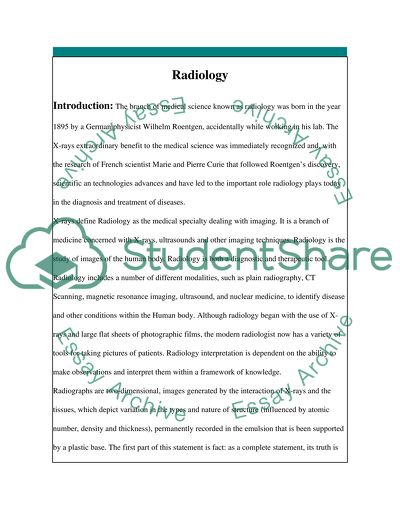Cite this document
(“Radiology Essay Example | Topics and Well Written Essays - 2750 words”, n.d.)
Radiology Essay Example | Topics and Well Written Essays - 2750 words. Retrieved from https://studentshare.org/medical-science/1516557-radiology
Radiology Essay Example | Topics and Well Written Essays - 2750 words. Retrieved from https://studentshare.org/medical-science/1516557-radiology
(Radiology Essay Example | Topics and Well Written Essays - 2750 Words)
Radiology Essay Example | Topics and Well Written Essays - 2750 Words. https://studentshare.org/medical-science/1516557-radiology.
Radiology Essay Example | Topics and Well Written Essays - 2750 Words. https://studentshare.org/medical-science/1516557-radiology.
“Radiology Essay Example | Topics and Well Written Essays - 2750 Words”, n.d. https://studentshare.org/medical-science/1516557-radiology.


